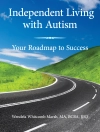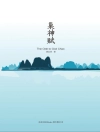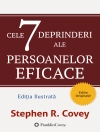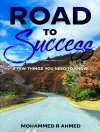Digging into vivid moments within the metaphor of archaeology, Bruce Mill’s remarkable memoir maps the artifacts of life as a father of a boy with autism, and as a boy himself growing up in rural Iowa. An Archaeology of Yearning is not ultimately about autism; instead it reaches into the world of human connection and illuminates how storytelling and an understanding of language keep that connection alive.
On some nights, I awake as if in a cave and think of the future. Mary and I will exist as memories: a quick glimpse of arms reaching toward another’s shoulders or face, an image of a hand upon a book, the scent of our bodies after the sweat of sleep, the tone of our young and old voices calling our daughter or son from distant rooms or down a stair.
Eventually I arrive on the image of my son, in some new home. No matter how much I have written or catalogued or kept in images, I know that the site of his life and mine will inevitably remain fragments and that only a visitor can bring us to life.
Bruce Mills has published scholarly books and articles on nineteenth-century American writings and co-edited a collection of essays by siblings of those on the autism spectrum. His creative nonfiction has appeared in The Georgia Review and New England Review. He teaches in the English Department at Kalamazoo College.
Table des matières
Part I—The Imaginary Grid
Flesh and Blood
Mysteries
Sleeping with Jacob
Part II—Sites
Croyden Avenue School
Flood Plain
The Wild Days
Part III—Layers
The Meltdown
Goodness
The Tower Story
Part IV—Artifacts
Fallen Fruit
Clutter
An Archaeology of Yearning
A propos de l’auteur
Bruce Mills has published scholarly books and articles on nineteenth-century American writings and co-edited a collection of essays by siblings of those on the autism spectrum. He teaches in the English Department at Kalamazoo College.












